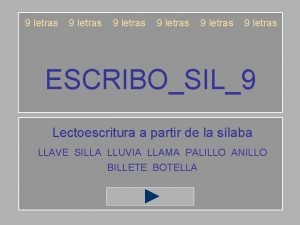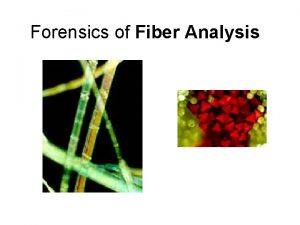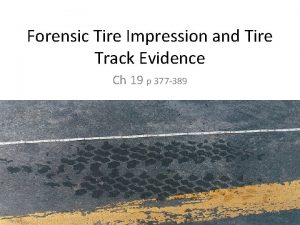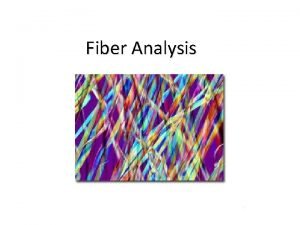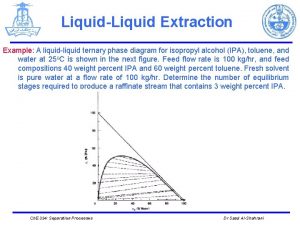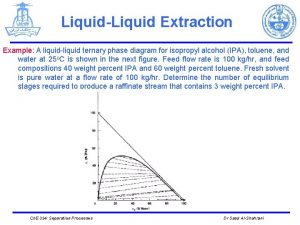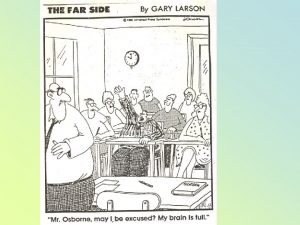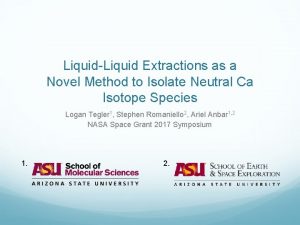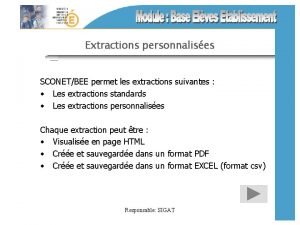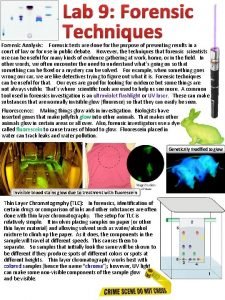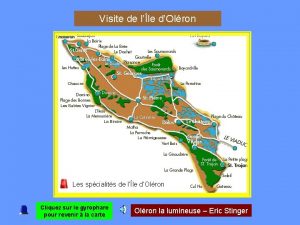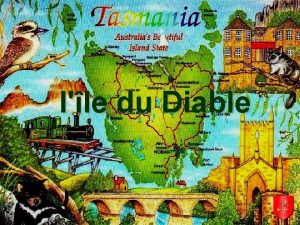LLE LiquidLiquid Extractions Primary Forensic Applications Analysis of
















- Slides: 16

LLE: Liquid-Liquid Extractions Primary Forensic Applications: Analysis of Toxicology Samples and Controlled Substances Parts of slideshow courtesy of Adam Hall, Instructor of Forensic Sciences, Boston University

LLE: Analytical Separations Separation of analytes from a liquid matrix by the use of another liquid (solvent) based upon selective partitioning aka. Solvent Extraction Suitable solvents are selected based on their abilities to partition target analytes within a liquid matrix Consider: Miscibility of solvents: Et. OH and Water vs. Pentane Immiscible solvents are employed for liquid-liquid extractions

LLE: Analyte Considerations Remember: like-dissolves-like Consider: Ionic, non-ionic, polar, and non-polar analytes Acid / Base / Amphoteric Nature of Analytes Solubility of Salts … i. e. Cocaine Hydrochloride (HCl) General Comments: Neutral molecules are soluble in organic solvents Charged species are water soluble

LLE: p. H, p. Ka and ionization Manipulation and control of p. H maximizes separation efficiency with LLE’s and SPE’s Ionization of a compound alters its physical behavior and properties such as solubility and lipophilicity ▪ Ionization will increase a compounds solubility in water ▪ However, ionization will decrease a compounds lipophilicity

LLE: p. H, p. Ka and ionization Ionizable groups: Carboxylic Acids Phenolic Protons Amines

Examples Acidic drugs

Examples Phenolic containing drugs Would require much stronger base to do this.

Examples Many drugs are alkaloids (Nitrogen containing bases). Often these drugs are available as an acid salt (such as the hydrochloride or sulfate), but the "free base" can be obtained by deprotonation. common alternative way of writing

Examples pseudoephedrine diphenhydramine HCl LSD mescaline morphine sulfate

Acid / Base / Neutral Extractions Water solubility of molecules is p. H dependent A series of extractions and separations is performed to effectively separate compounds from a mixture: ▪ ▪ ▪ Strong Acids Weak Acids Strong Bases Weak Bases Amphoteric Molecules Neutral Molecules http: //orgchem. colorado. edu/hndbksupport/extprocedure. html


Forensic Application White powder (caffeine + procaine) is added to methylene chloride (CH 2 Cl 2) in a separatory funnel. Aqueous acid (such as 0. 1 M H 2 SO 4) is added. ▪ The caffeine molecule (neutral) is partitioned into the methylene chloride (bottom, organic) layer. The sulfate salt of procaine is partitioned into the aqueous (top) layer. stays soluble in CH 2 Cl 2

Forensic Application The bottom layer is drained the methylene chloride can be evaporated to obtain nearly pure caffeine. Another portion of methylene chloride is added to the separatory funnel, which still contains the aqueous acid and dissolved procaine. Solid or aqueous base is added to the aqueous phase until that phase is basic. The procaine, converted to free base, is partitioned into the methylene chloride (bottom) layer. The bottom layer is drained the methylene chloride can be evaporated to obtain nearly pure procaine.

Titration of Quinine Bisulfate is an Antimalarial Drug Qunine is also found in tonic water Quinine is fluorescent If we titrate a known volume of quinine bisulfate solution with a standardized (known molarity) Na. OH solution, we can determine the molarity of the quinine bisulfate solution.

Objectives Learn how to standardize a solution by titration Learn how to perform multiple titrations with good precision Review stoichiometry Determine the concentration of a solution of quinine bisulfate of unknown molarity Observe the differences in solubility between an acidic and basic form of a drug

Procedure (refer to handout) Standardize Na. OH against KHP Use standardized Na. OH to titrate quinine sulfate and calculate its molarity
 Balancing and compensating extractions
Balancing and compensating extractions Plantatex lle
Plantatex lle Lle
Lle Eric xing
Eric xing Varus forcé cheville
Varus forcé cheville Leximi letrar 9
Leximi letrar 9 Forensic anthropologist vs forensic pathologist
Forensic anthropologist vs forensic pathologist Forensic psychiatry vs forensic psychology
Forensic psychiatry vs forensic psychology Handwriting analysis forgery and counterfeiting worksheet
Handwriting analysis forgery and counterfeiting worksheet Fibers forensics
Fibers forensics Tire impressions
Tire impressions Hair and fiber evidence worksheet answers
Hair and fiber evidence worksheet answers Glass composition analysis
Glass composition analysis To show a watermark in a disputed document *
To show a watermark in a disputed document * Morphology of hair forensic science
Morphology of hair forensic science Owasp cloud incidence analysis and forensic
Owasp cloud incidence analysis and forensic Projected blood stains
Projected blood stains





